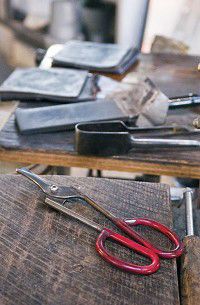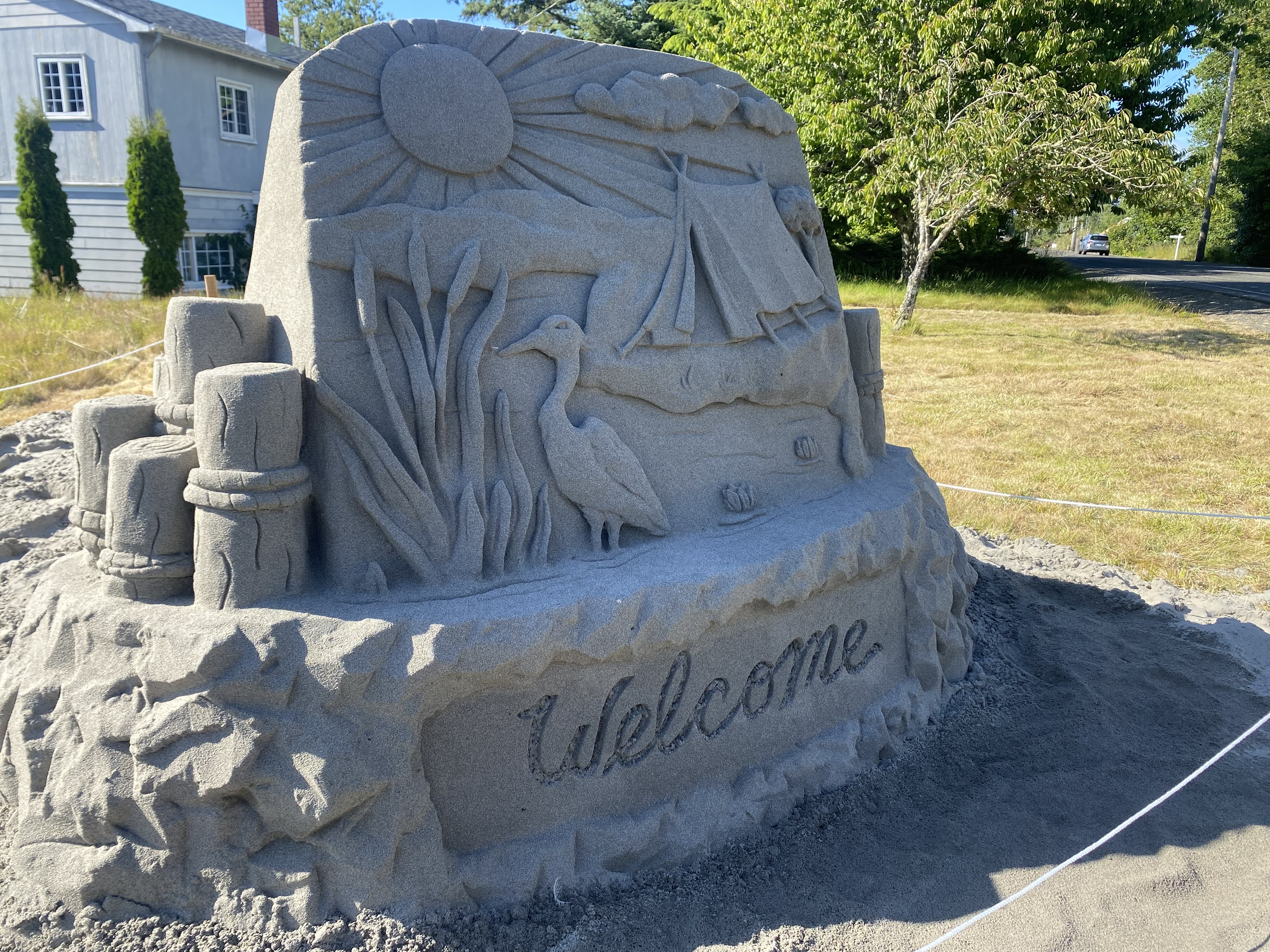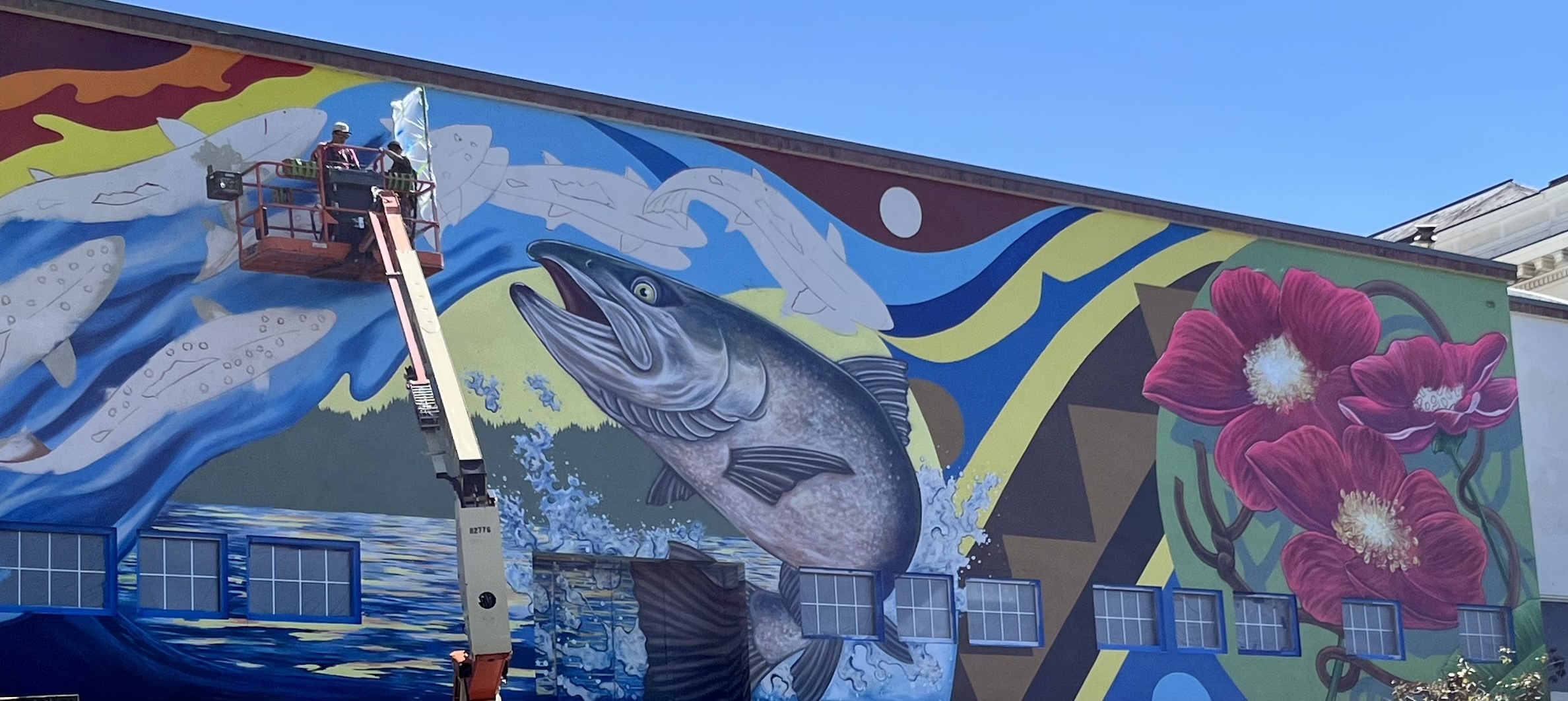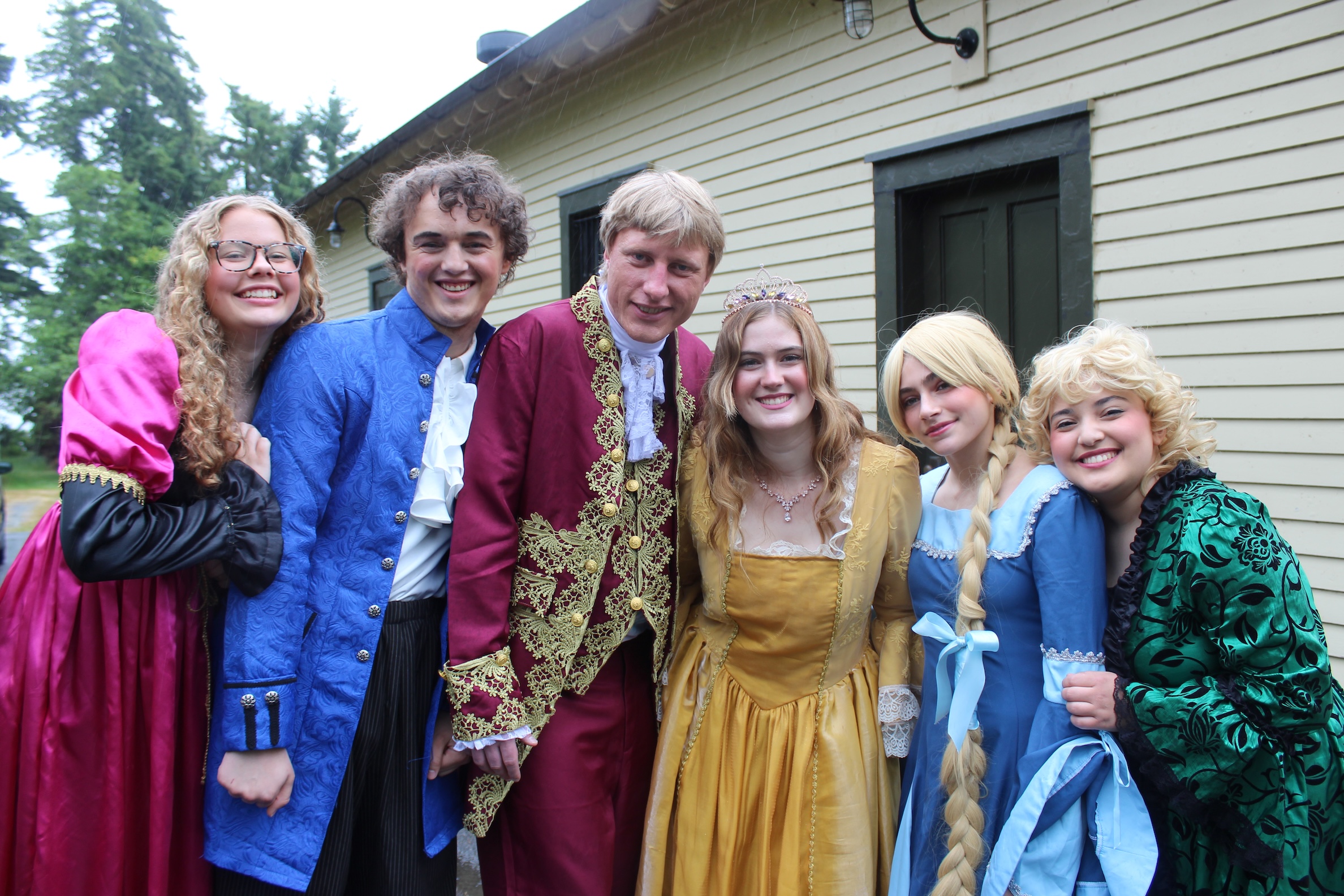THE ARTS: Molten glass … now, that’s hot
Published 6:57 am Thursday, October 11, 2007

- A pair of duck-billed shears lies at rest on a wood table near tongs and water-soaked pads used to help shape hot pieces of glass.
Located in midtown Cannon Beach, just a stone’s throw from Haystack Rock, is Icefire, a working studio and gallery for an ancient art form – hand-blown glass.
Trending
Beautiful glass forms of various colors shine in the sunlit windows as customers browse and select from the variety of items. There are vases, bowls and platters – each unique – all capturing light, color and motion.
Icefire partners and Cannon Beach artists Jim Kingwell and Suzanne Kindland have me step into the working area behind the counters and I can feel the heat from the furnace there.
Nearly three-fourths of the work on display is done by them, with occasional guest artists’ offerings intermingled.
Trending
Kingwell started blowing glass in the 1970s and came to this location in Cannon Beach in 1991, renting it from the Worcester family, who are frequent contributing artists.
The weathered exterior of the building, with its high studio windows for suitable light, includes a wide doorway with hinges taken from the hull of a wrecked ship. The 2,100-degree furnace can melt up to 30 pounds of glass at a time, and the 2,300-degree “glory hole” is where work in progress is kept pliable, and at a consistent heat, as they add layers and design.
While rolling a bar holding the glass back and forth with her left hand, Suzanne Kindland applies pressure with a pair of tongs to shape her latest creation in front of an attentive crowd at Icefire Glassworks. Kindland and Kingwell combine to make about eight pieces a day.Kingwell was born and reared in Portland. In college, he majored in ceramics with a particular interest in design and silicate chemistry. In 1971, starting with what he called an experiment, he began blowing glass when he and a partner built a hot glass studio on the Oregon Coast, where they used recycled glass. Whiskey bottles from a local bar provided the recycled material.
In 1974, he began making glass from other raw ingredients. He moved Icefire Glassworks to McMinnville in 1977 – one reason, he says, is because they had the lowest electricity rates in the U.S. at the time, and power considerations are important for glass studios. After a couple other moves, he settled on Cannon Beach at the location Icefire has today, bringing with him some 44,000 pounds of accumulated equipment and materials.
Jim Kingwell, who opened Icefire Glassworks in Cannon Beach in 1991, prepares to catch and transport a vase into a cooling oven that will allow the tempreature of the glass to gradually decrease.Kindland studied art in high school and college, and found herself working in the hotel industry in front desk management for the Hilton chain in Phoenix, New Orleans and Portland. In 1985, she decided to move to Cannon Beach. “I was galvanized by the mix of polish and funky in the city and the buildings,” she says.
In the early ’90s, she stopped in to the Icefire gallery to find a Mother’s Day gift. Selecting an apricot-and-white bowl with a touch of gold, she found it was more than she could afford. Kingwell, who was running all aspects of the business alone at that point, suggested she work part-time for him. Kindland’s former art training quickly came into play.
For Kingwell, it’s been 36 years of problem-solving, running a business and carving out the time to do the work loved by both of them.
“Everything we do gives us more ideas of what we would like to do next. When we’re working with a color combination in one shape, we’ll have a stray thought about what would happen if I changed this color or that shape. We try it.”
Kingwell says one unique feature of blowing art glass is the inability to ever run out of ideas.
“In the way that soft thoughts have of sometimes becoming solid, life presented me with a chance to do just that … to explore form, to learn color, to play with fire. … Dancing in the flames, I am learning the ways of glass. Coaxing rather than forcing, co-creating with the glass, we bring forth objects more of water than of fire, cool, smooth forms that reflect light as a pond might.”
– Suzanne Kindland
Icefire Glassworks









